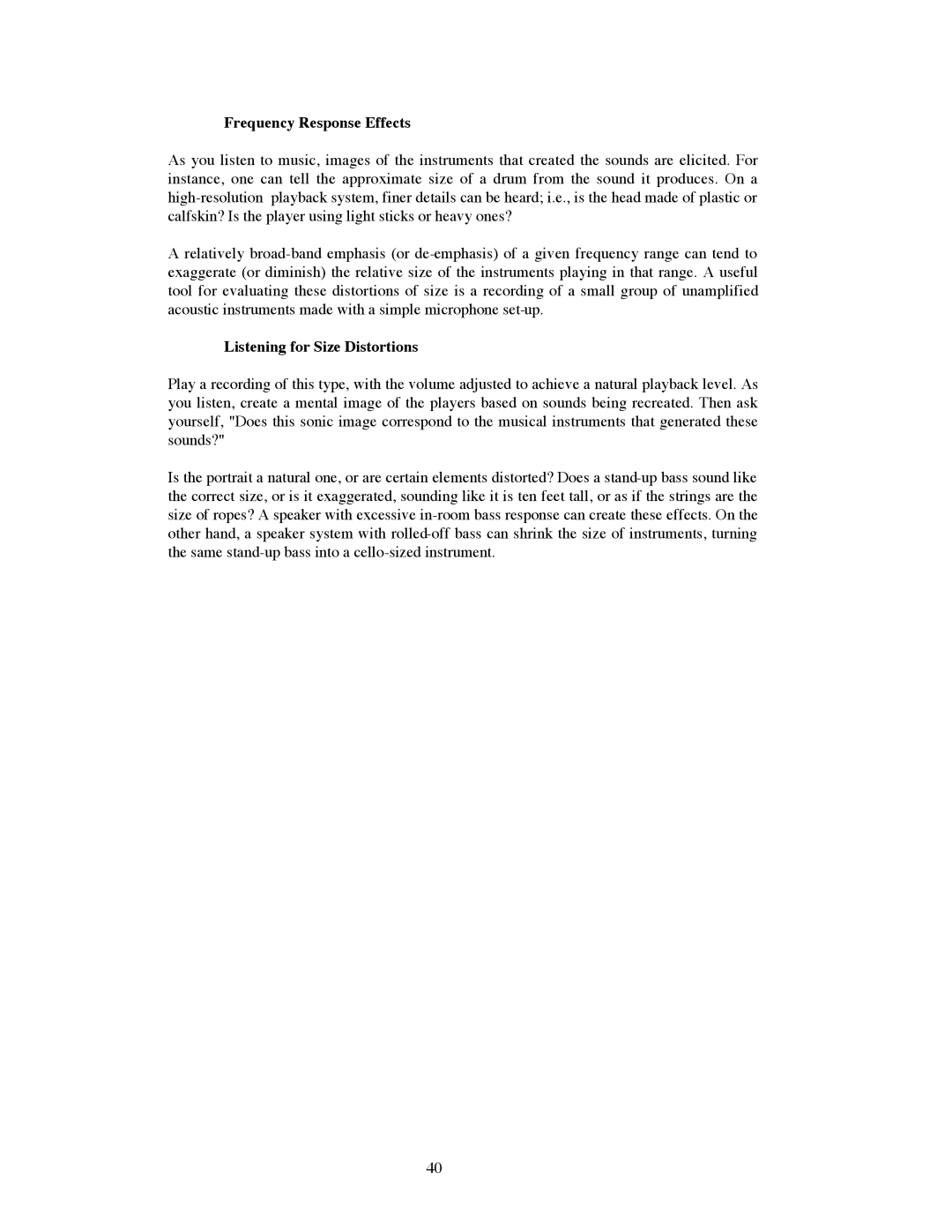OPUS Ceramique Loudspeaker specifications
Avalon Acoustics is renowned in the high-end audio industry, and their OPUS Ceramique Loudspeaker exemplifies their dedication to exceptional sound quality and innovative design. This speaker is a perfect blend of artistry and advanced engineering, making it a coveted choice among audiophiles.One of the key features of the OPUS Ceramique is its sophisticated driver configuration. It utilizes a three-way design, which is engineered to deliver a full spectrum of sound with impressive clarity. The loudspeaker is equipped with a 10-inch ceramic bass driver capable of deep, powerful low frequencies, ensuring that every note resonates with depth. Complementing this are dual midrange drivers made from advanced ceramic materials, which provide rich and warm mid tones. Finally, for the highs, the OPUS employs a unique ribbon tweeter designed for exceptional detail and an extended frequency response, offering a natural and airy sound that brings music to life.
The cabinet design of the OPUS Ceramique is as remarkable as its internal components. It features a rigid construction that minimizes resonance and cabinet coloration, ensuring that the sound remains pure and true to the source. The elegant curves of the speaker not only enhance its aesthetic appeal but also contribute to better acoustic performance by optimizing the dispersion of sound waves.
Another prominent technology incorporated in the OPUS Ceramique is its advanced crossover network. The crossover is meticulously engineered to ensure a seamless transition between the drivers, allowing for coherent sound reproduction across all frequencies. This means that listeners can enjoy an immersive soundstage where instruments and vocals are clearly delineated, creating a more engaging listening experience.
In addition to its acoustic prowess, the OPUS Ceramique is designed with the audiophile in mind. It is highly customizable, with various finishes available to suit any decor. The attention to detail extends to every aspect of its construction, providing both aesthetic beauty and functional performance.
Overall, the Avalon Acoustics OPUS Ceramique Loudspeaker stands as a testament to the brand's commitment to delivering extraordinary sound and elegance. With its innovative technologies and exceptional build quality, it continues to be a sought-after choice for discerning music lovers seeking the ultimate audio experience. Whether used in a dedicated listening room or as part of a high-end home theater system, the OPUS Ceramique promises to elevate any audio experience to new heights.
